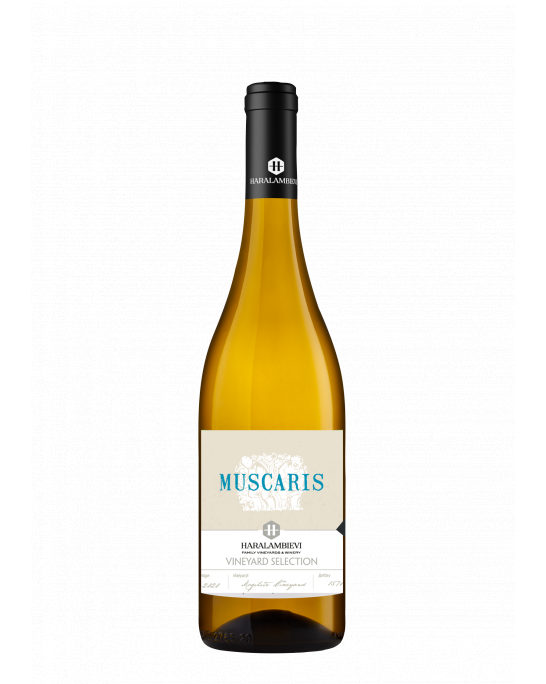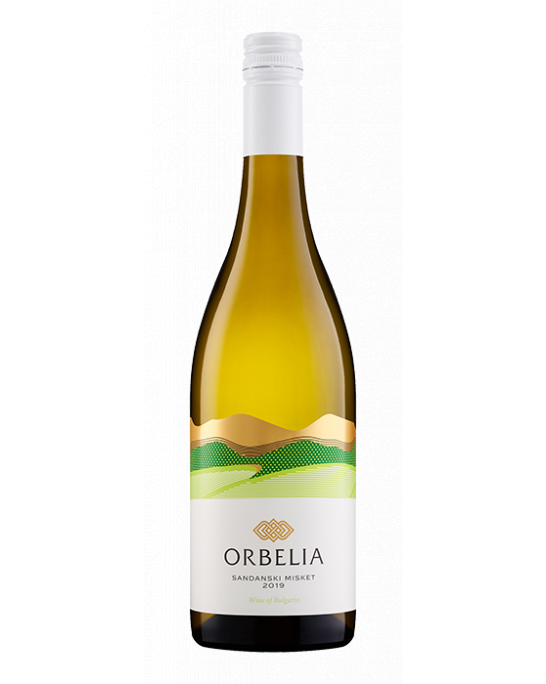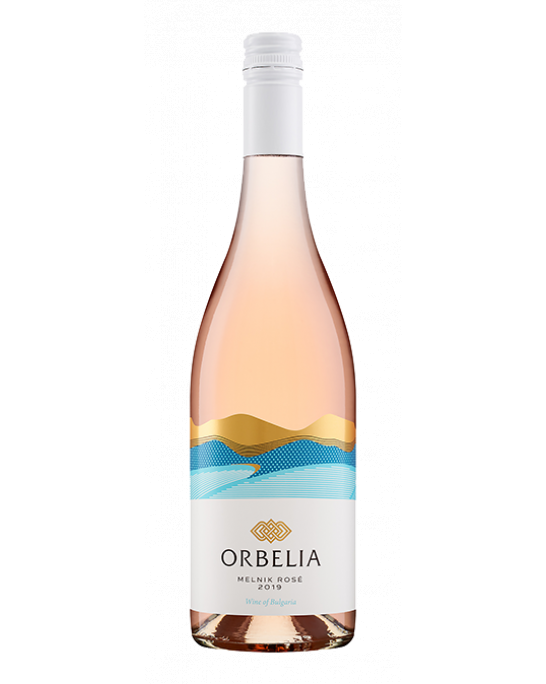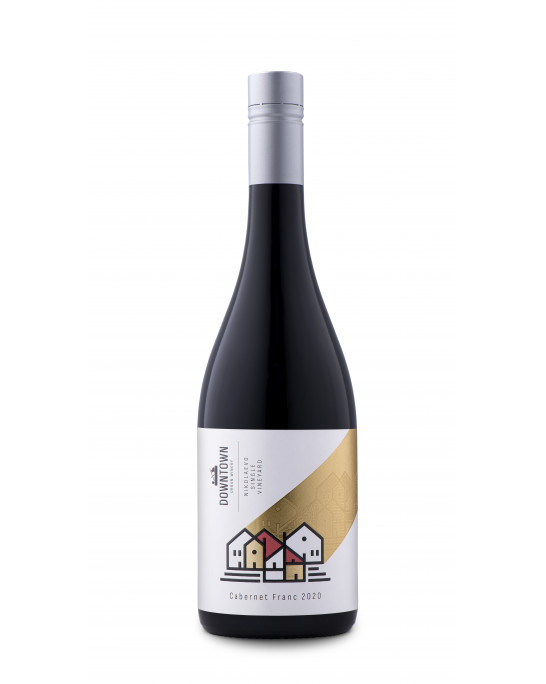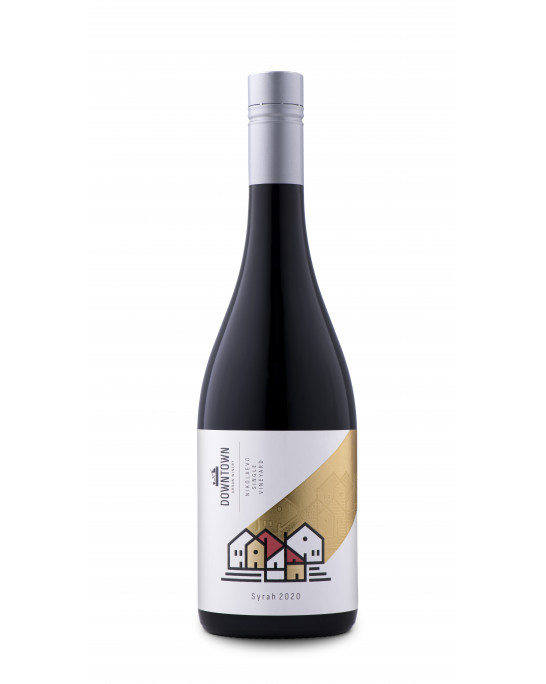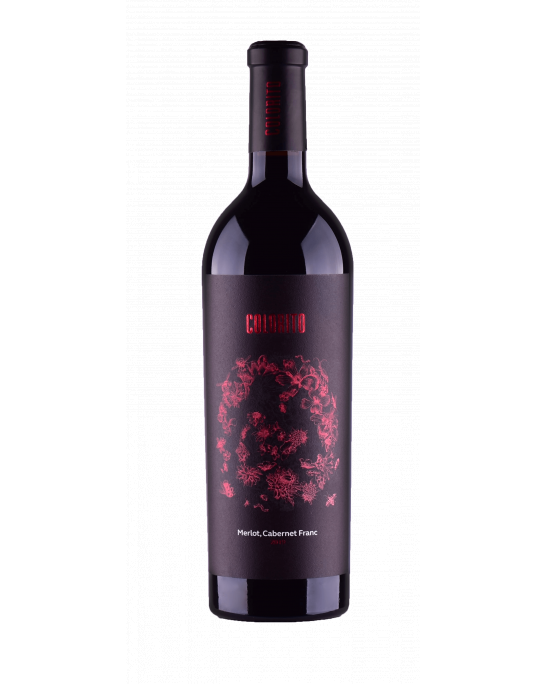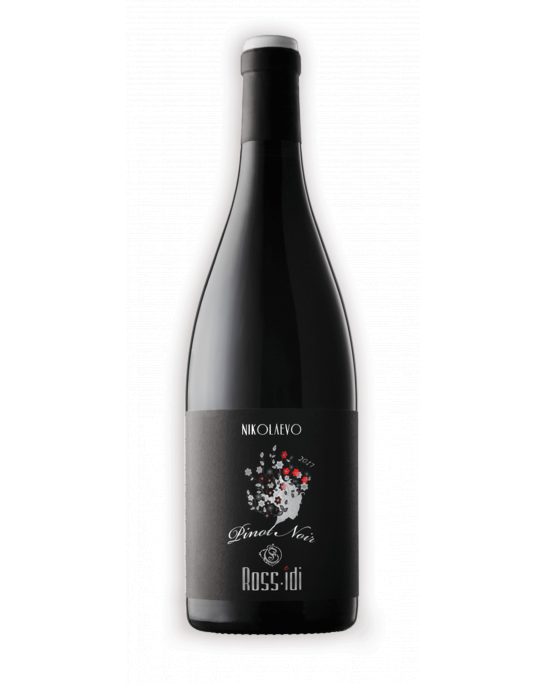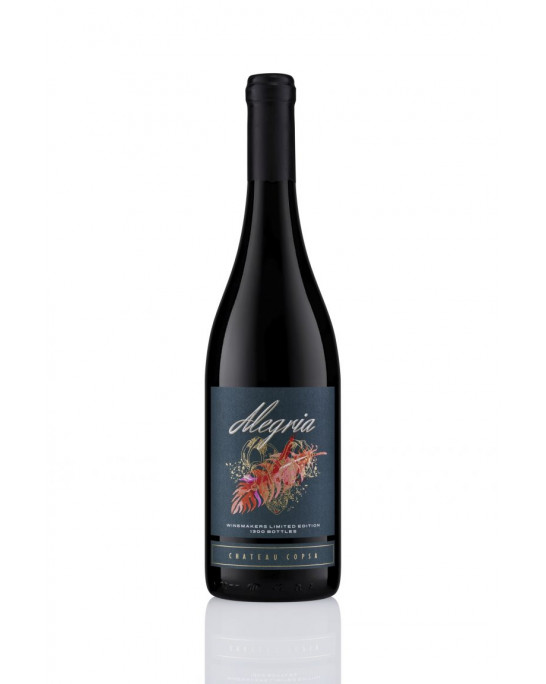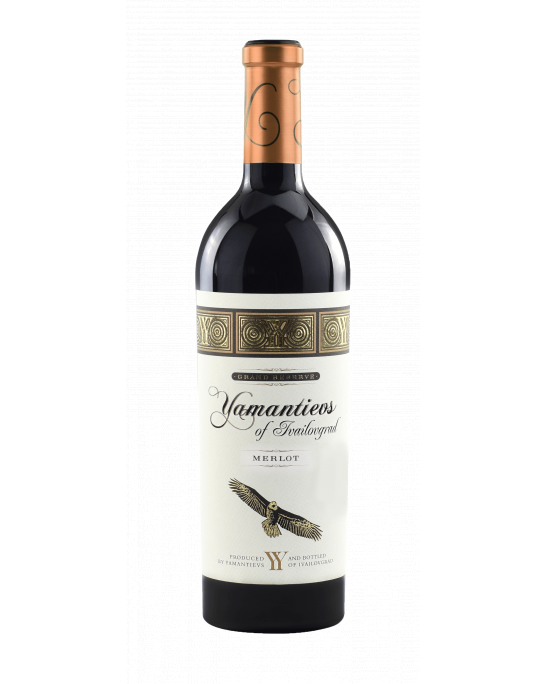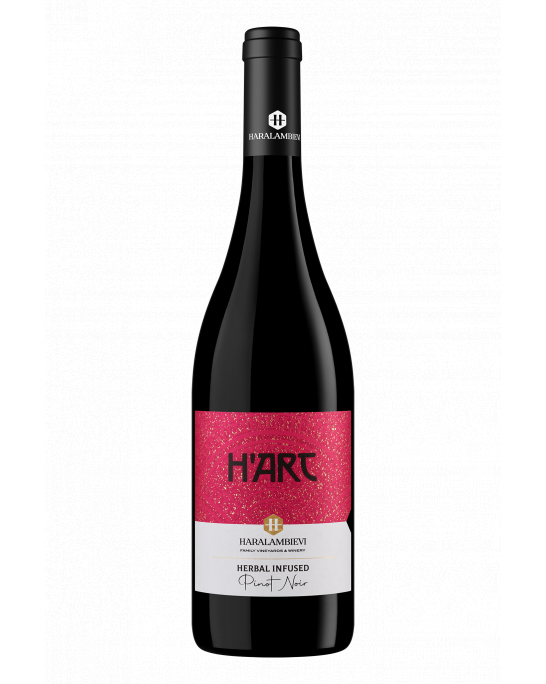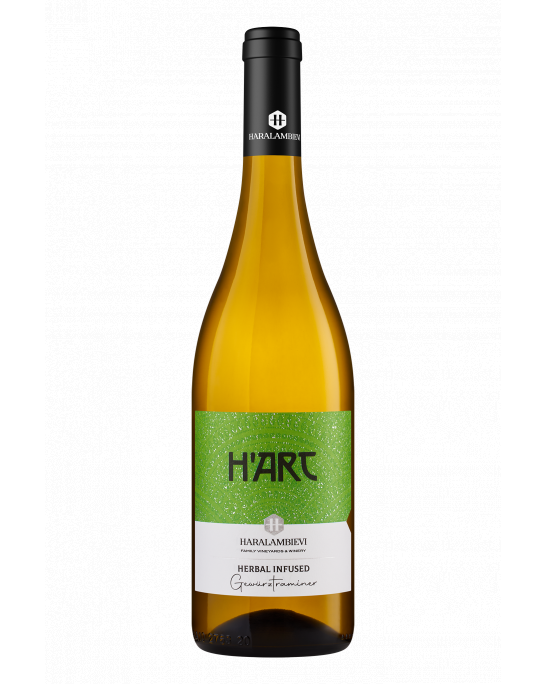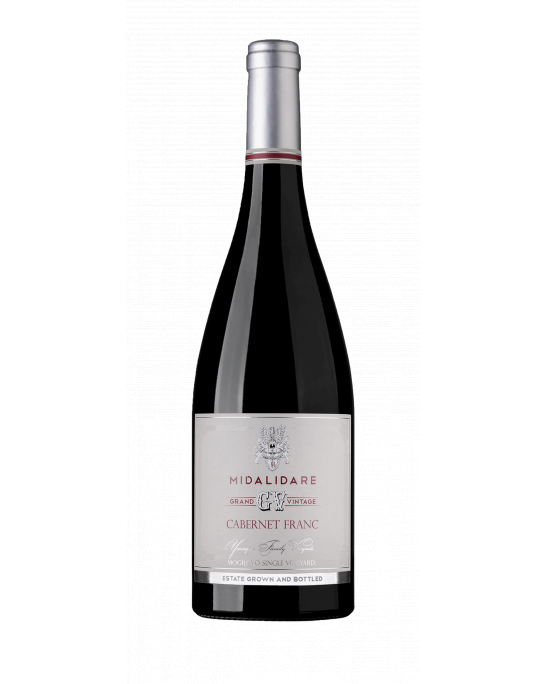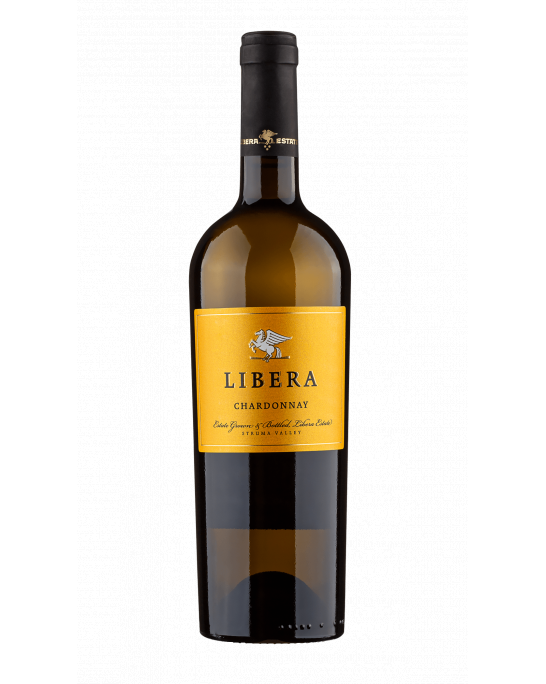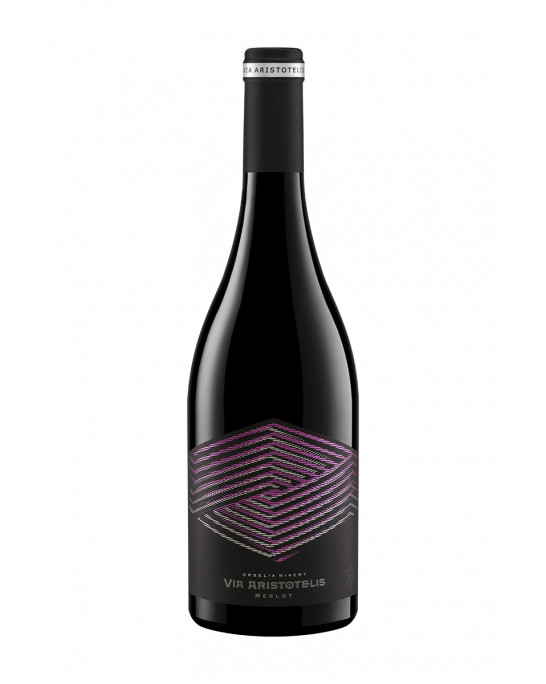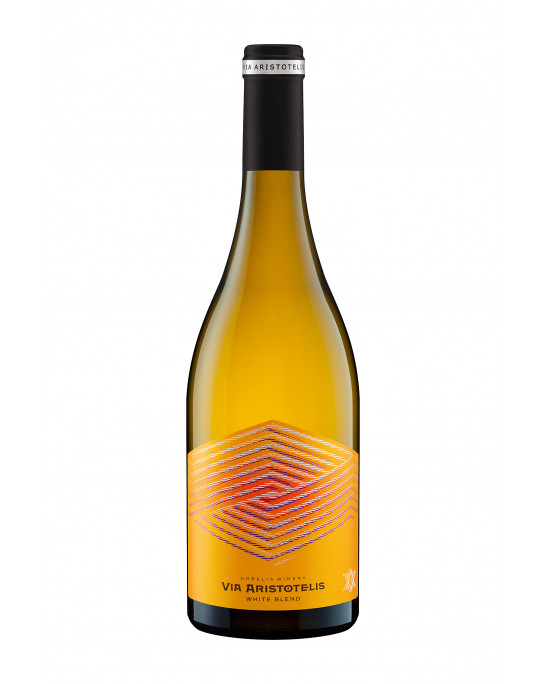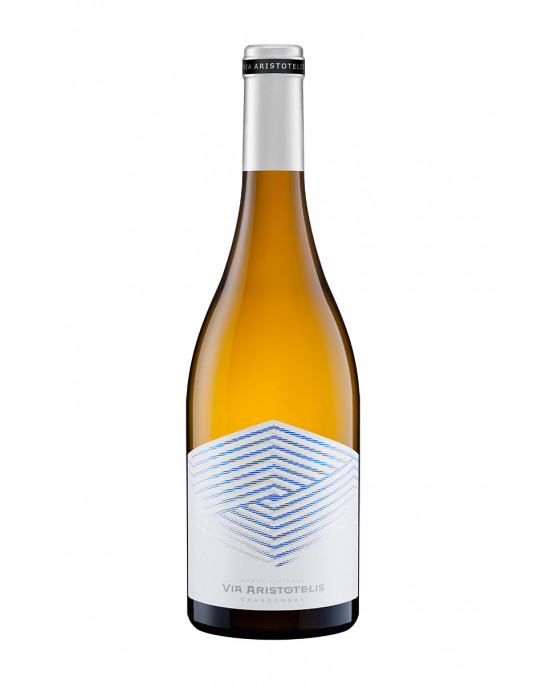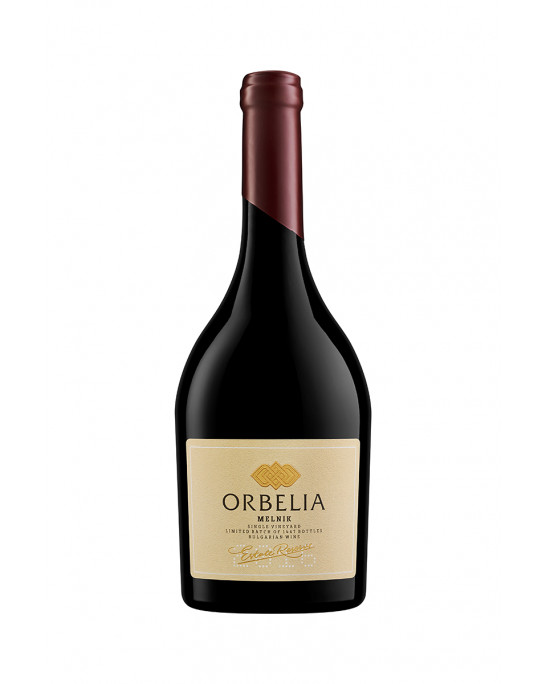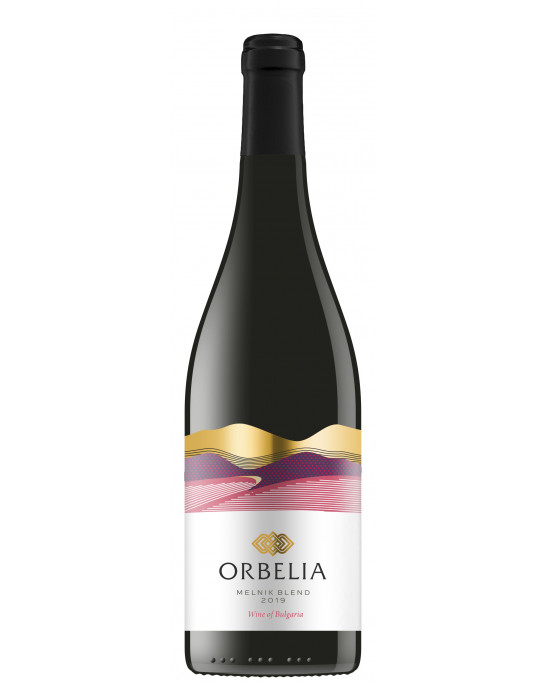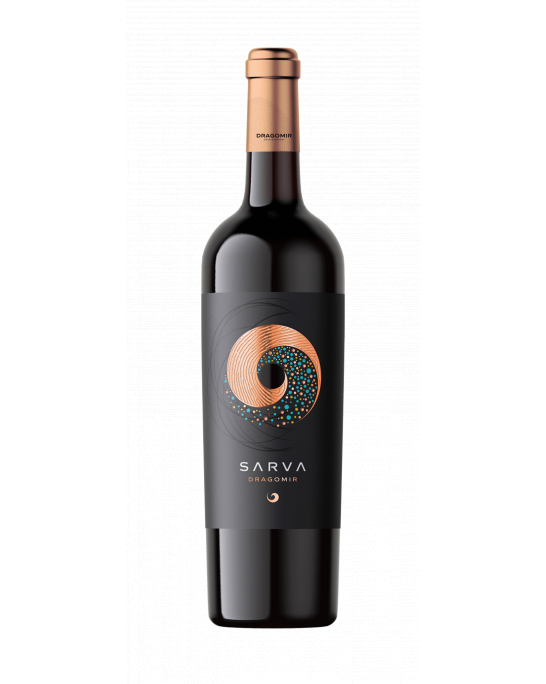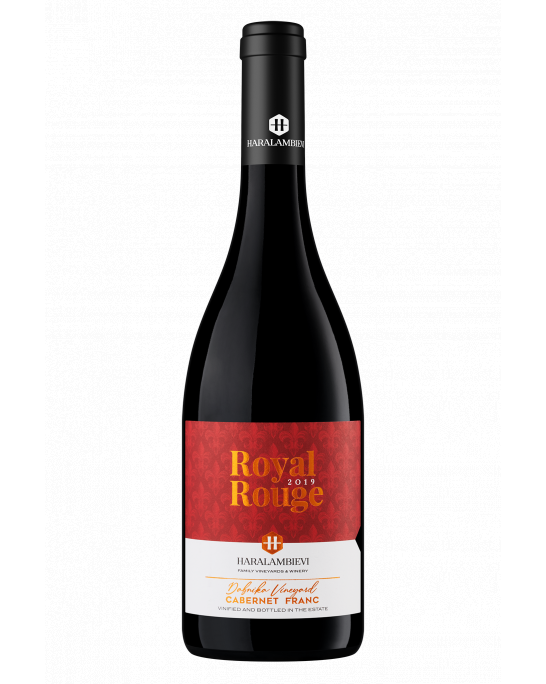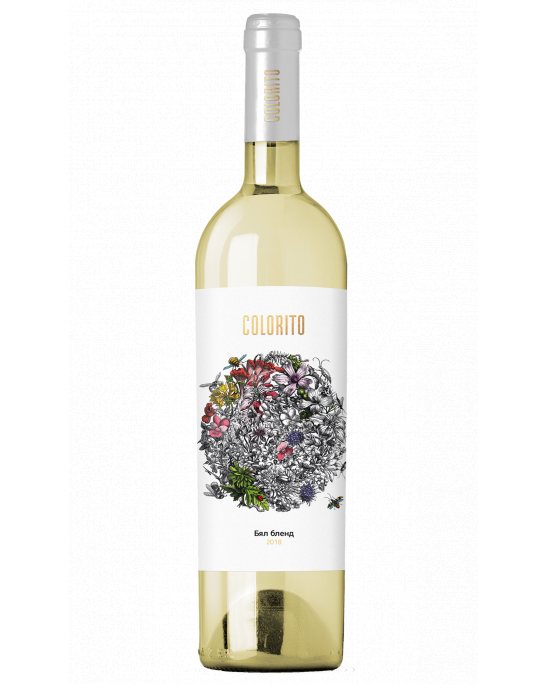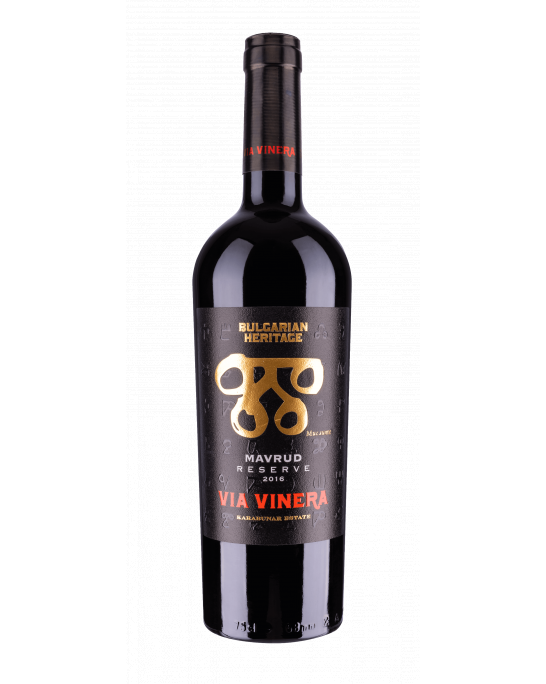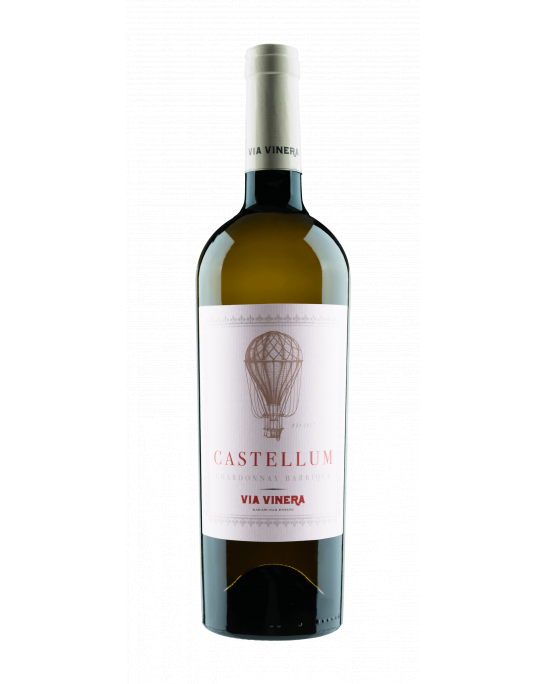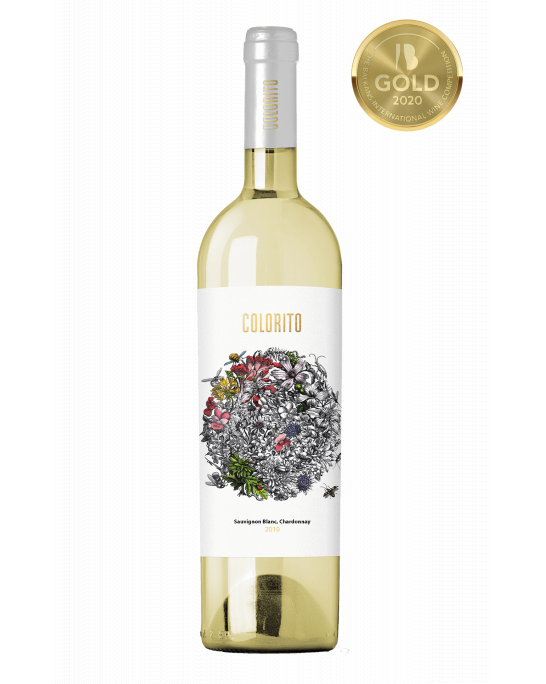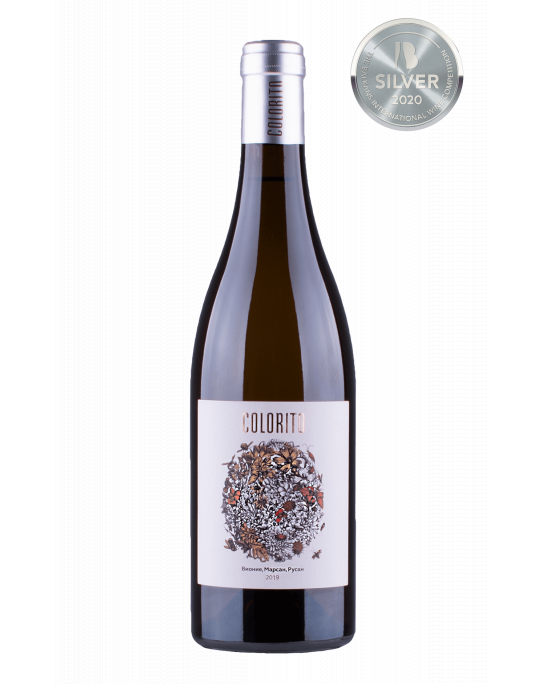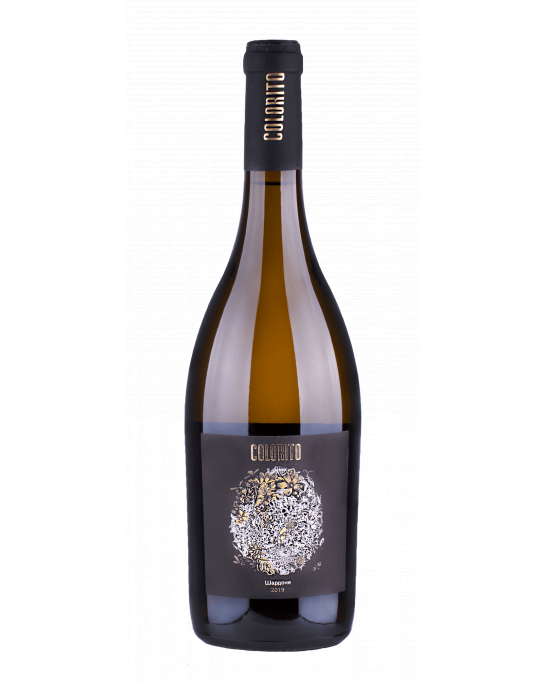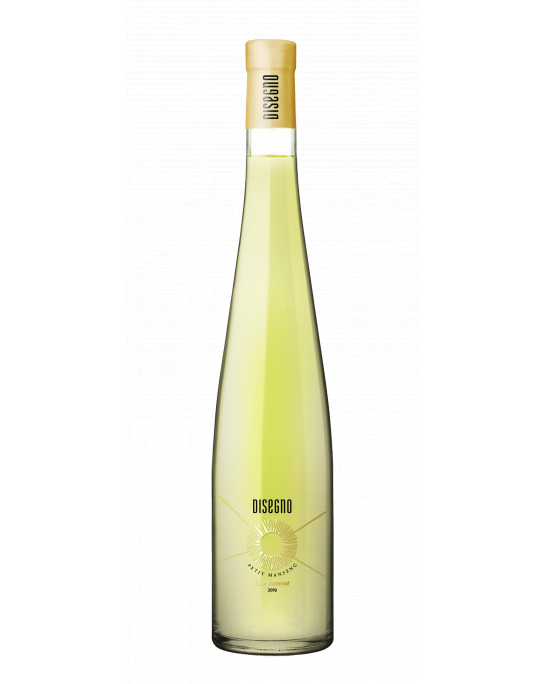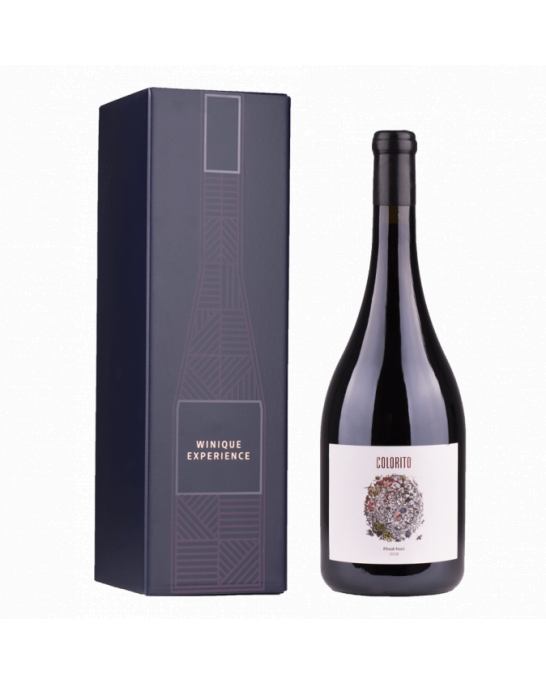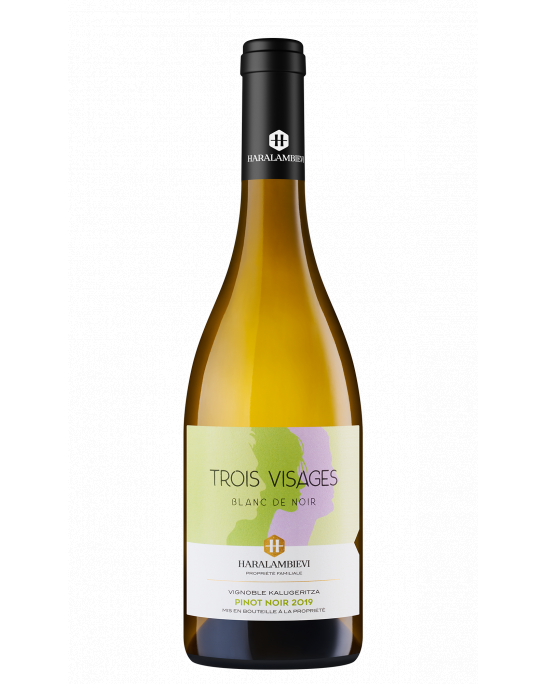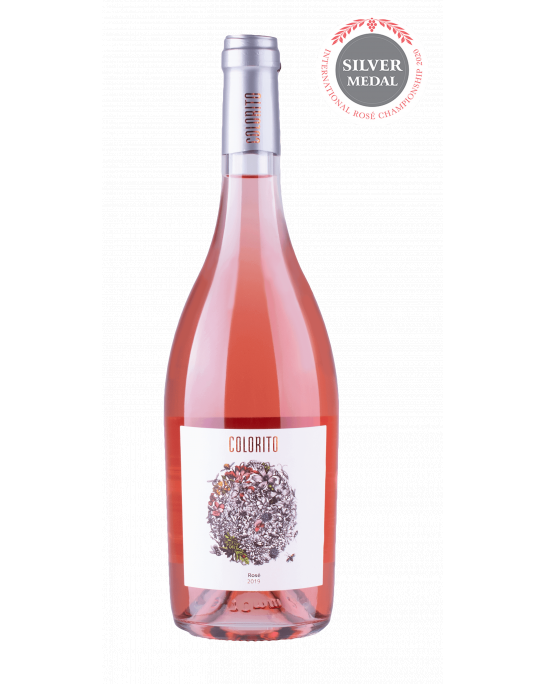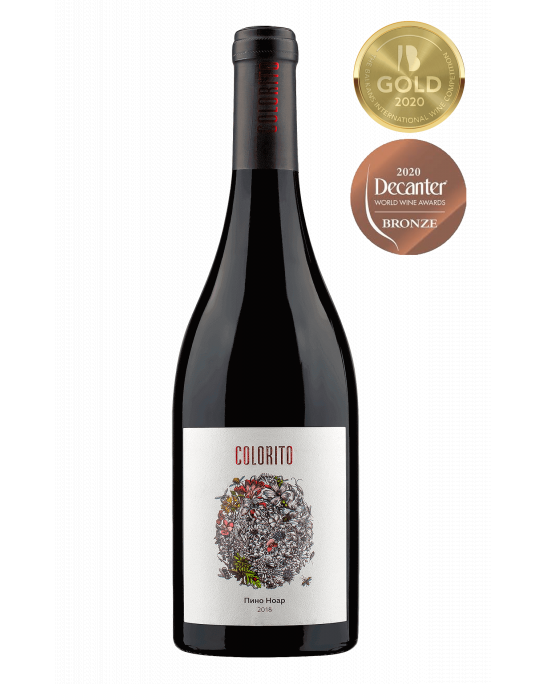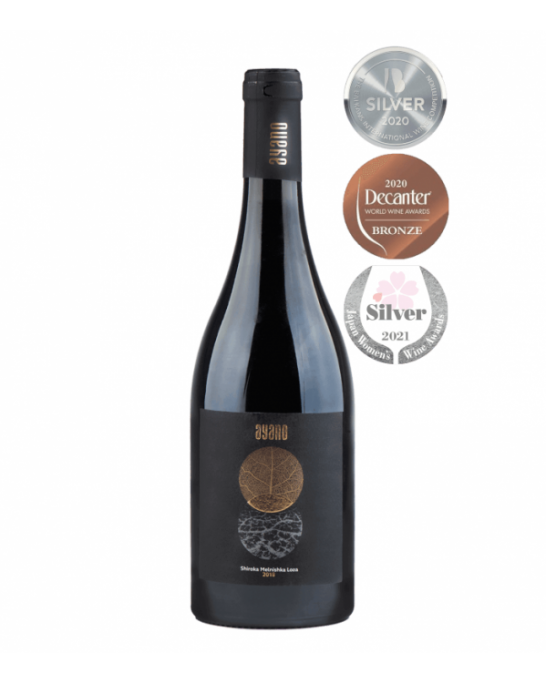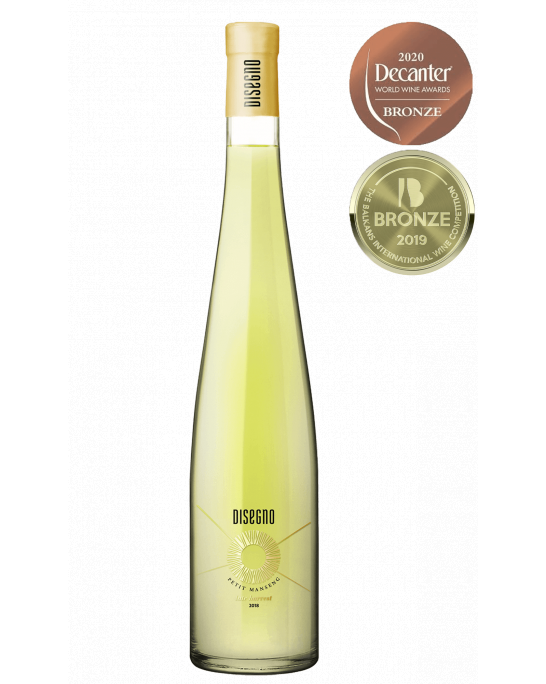Bulgarian wines
Bulgaria, although far behind in the ranking of the most famous or prestigious wine producers, certainly ranks among the most prolific and has one of the longest histories of viticulture and winemaking -
MoreBulgarian wines
Bulgaria, although far behind in the ranking of the most famous or prestigious wine producers, certainly ranks among the most prolific and has one of the longest histories of viticulture and winemaking -
MoreMerlot Мерлото за това вино произлиза от два масива в с.Хърсово - 1...
Gewürztraminer
over 4000 years, proven by the found ancient wine vessels (the rythons) and historical information from the time of the Thracians. During the communist regime, the state became the world's third largest wine producer, exporting mainly to Russia and Western European countries, particularly Britain. This is also the time of active planting of the French varieties Merlot and Cabernet Sauvignon and abandonment of endemic species. After the fall of the regime, the deteriorating quality and the reduction of production gradually led to the loss of these positions and markets. Today, however, there is a growing interest in this industry and an increasing number of promising young pioneers in winemaking, seeking to return to quality and looking to local varieties. Wine is invariably present in the life of the Bulgarian and is strongly woven into folk art and traditions. This is probably not accidental, given that these are the lands, the birthplace of Dionysus, the god of wine among the Thracians and Greeks, and later the Romans under the name Bacchus. Until recently, mainly known as a cheap supplier of low-quality wine of international varieties, today Bulgaria is gradually finding its identity as a modern nation for wine production, discovering new terroirs, grape varieties and styles.
What are the varieties and regions in Bulgaria?
The main vineyards are with Cabernet Sauvignon, Merlot, Chardonnay, Riesling and Muscat, and recently Sauvignon Blanc. These French varieties were brought to Bulgaria in the 60s of the last century in the midst of communist rule, due to their high productivity when there was a need to meet the quantitative demand of the markets. Nowadays, however, more and more attention is turned to traditional varieties such as Kadarka (Gamza), Mavrud and those of the Melnik family - Melnik 55, Shiroka Melnishka vine.
There are two officially recognized sub-regions with PGI level (Protected Geographical Indication, equivalent to French IGP or Italian IGT) - the Danube Plain, including the Northeast Black Sea Region and the Thracian Lowland, including the Struma River Valley and the southern Black Sea region. In addition, there are 52 designations at the PDO level (AOP / DO / DOC), but only a small part of them are used in practice. These small regions usually protect endemic varieties, have a strong terroir expression and are yet to gain popularity and importance. Beside Merlot and Cabernet Sauvignon there has been a significant increase in the plantings of Syrah vineyards in recent years, and some producers are even experimenting with the difficult variety of Pinot Noir. Indigenous varieties still represent an insignificant part of wine production, but within the past 5 to 10 years there has been a tendency to change. More and more young oenologists are working successfully with the red varieties Mavrud, Melnik, Gamza, Rubin (local cross between Nebbiolo and Syrah), and the whites - Dimyat and the local varieties of Muscat family, such as Tamyanka and others.
How to choose a good Bulgarian wine?
Judging by the folklore that “the good wine is bitter”, it means that the traditional understanding of the Bulgarians for good wine is that with a thick ruby red color, saturated tannins and high alcohol content. Taking into account the climatic characteristics of the country, it is clear that the main preferences would be given to wines produced in the Upper Thracian lowlands. Following the desire to satisfy this customer taste, most of the established wineries are positioned there and their vineyards are dominated by international varieties. However, there are also the suitable conditions for Mavrud and Rubin - varieties that deservedly receive more and more attention, both from foreign markets and locally. As a rule, small wineries with a focus have better terroir expression and come more and more into focus in front of wine connoisseurs. As for white wines, if we rely on folk art again, we will come to the only song about white wine - "oh you white wine, why are you not red." Leaving aside the joke, Bulgaria is actually traditionally a good winemaker of white wines, along with red ones, and here, of course, attention is focused on the Danube plain due to the cooler climate there. At Seewines, the main goal of our wine specialists is to find small, hidden gems, so you can confidently trust the selection and find both traditional quality wines and interesting representatives of the new times and trends towards more fruity and light terroir driven wines.

